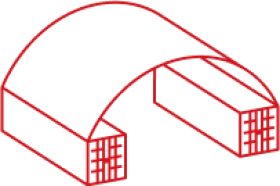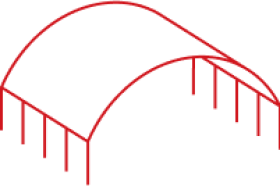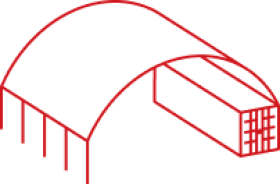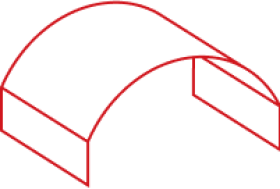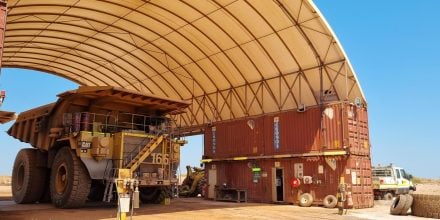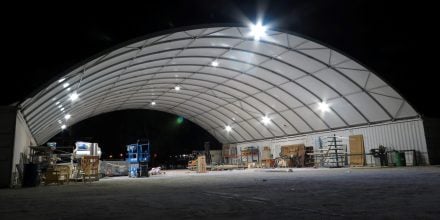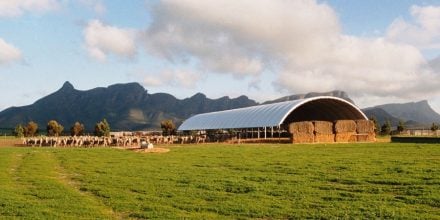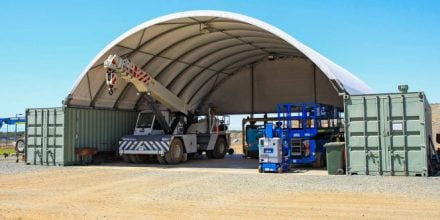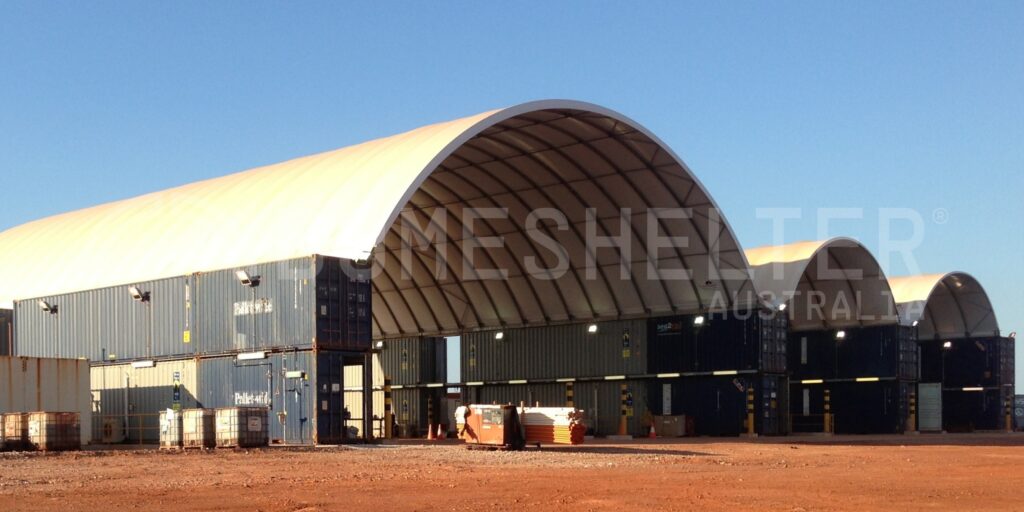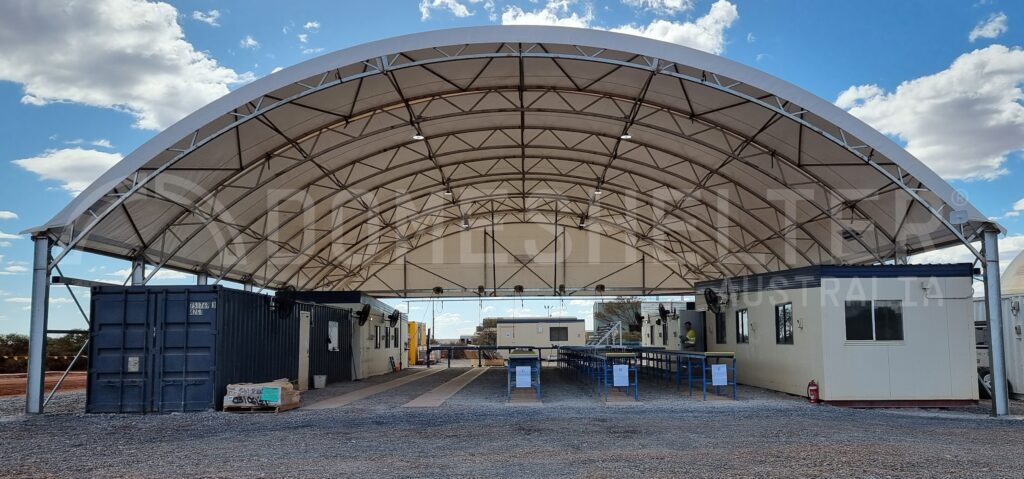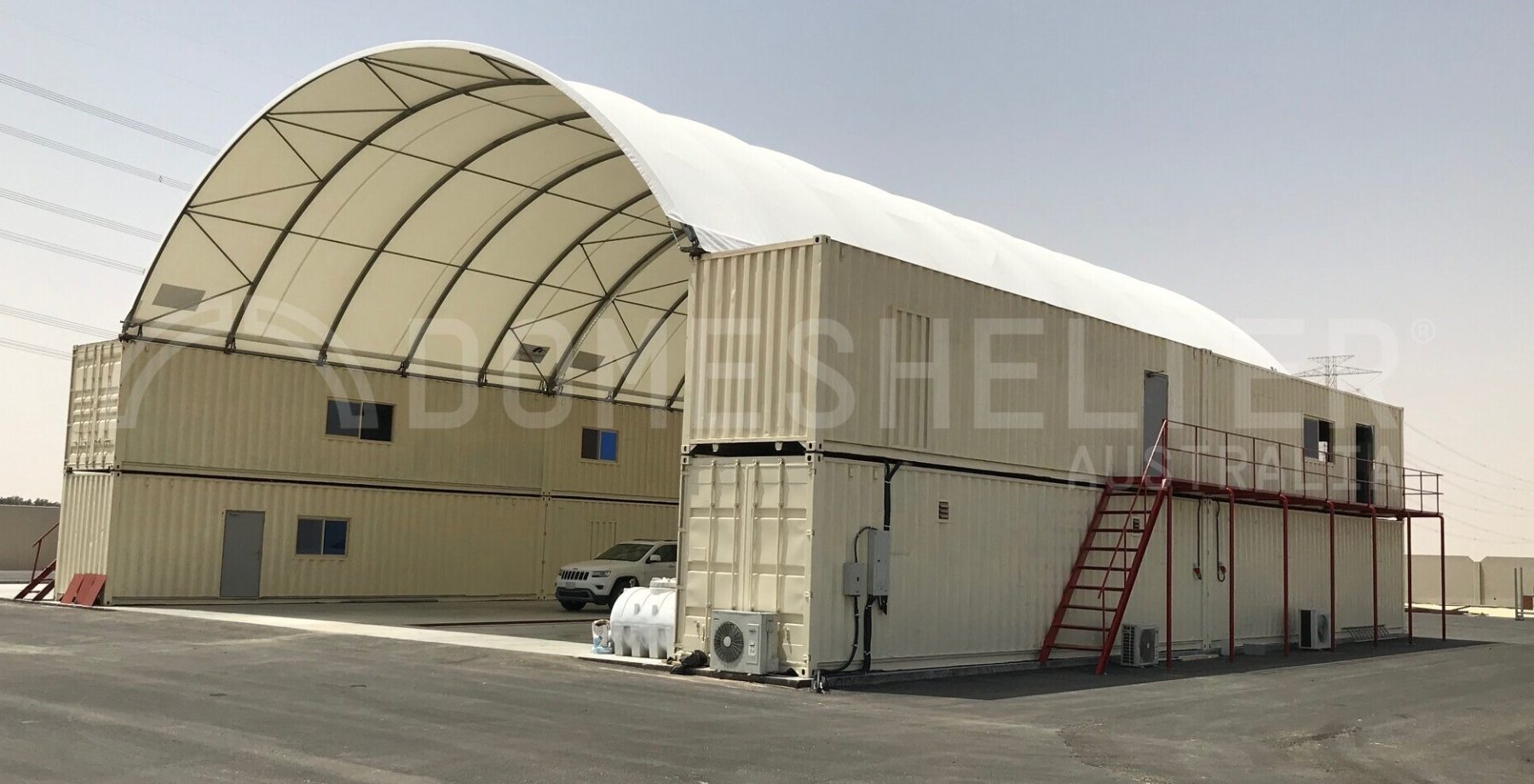
Fabric Structures are a modern, versatile Shelter Solution that can suit a range of purposes and applications.
You may be in search of a reliable Shelter for your worksite and are unsure whether a Fabric Structure is able to fulfil your needs.
While Shelters from reputable suppliers are durable and weather-resistant, able to fulfil a range of purposes, like any product they will not suit everyone. Inferior imported products have also given Fabric Shelters – also known as container shelters or container domes – a negative reputation.
This article explores 3 pain points or ‘problems’ with Fabric Structures, to help you assess whether they are the best Shelter choice for you.
1. Negative Connotations
There is a widely varying range of Fabric Shelter products in the market, from a range of differing suppliers. There are a number of imported products in particular that do not adhere to the same quality standards as their Australian Made counterparts, and are prone to failure due to poor construction and a lack of proper engineering.
These imported Shelters have contributed to a negative reputation often being associated with Fabric Structures. Customers seeking reliable Shelter Solutions may overlook Fabric Structures, believing they are flimsy and untrustworthy.
Fabric Structures from proven suppliers are fully engineered and manufactured with high quality materials, and are suitable for a range of heavy-duty industrial uses. The negative connotations attached to Fabric Structures prevents potential clients from realising their versatile and efficient capabilities as safe and dependable Shelter for people and assets.
2. Not Fully Portable
Another misconception often associated with Fabric Structures is that they are easily portable, like tents or marquees. The name ‘Fabric Structures’ can lead to this confusion, but in the case of companies such as DomeShelter Australia, the Fabric Structures being manufactured are industrial grade, modular Shelters, constructed using high-quality galvanised steel and strong tarpaulin, capable of withstanding extremely harsh weather conditions including cyclonic wind.
Fabric Structures can be moved, though not as easily as a tent, with specialist equipment often required for installation, such as cranes and scissor lifts. Fabric Structures are designed to last in one location for anywhere between 2 months to 15 years or more, whereas tents and marquees are intended to be used for just a few days.
This confusion about the product can mislead those in search of a more temporary fabric shelter such as a marquee, while also leading those in search of a semi-permanent, durable Structure to believe Fabric Shelters are not suitable for them.
3. Not Permanent
While many Fabric Structures can stand for decades with the correct maintenance, they are ultimately designed to be temporary or semi-permanent structures – they are not intended to remain forever. For this reason, anyone seeking a Structure to last permanently in one location may be advised that a traditional structure such as a steel shed may suit them better in the long run.
While this makes Fabric Structures an ideal choice for those on worksites not owned by the company or projects with an eventual end date, being easily removable Structures that leave minimal environmental footprint, it is an important consideration for customers who intend for the Structure never to be moved or altered. The main permanency concern with Fabric Structures is that the fabric tarp will eventually need to be replaced – generally one tarp lasts about 20 years.
Get in Touch
Our friendly team of knowledgeable Shelter Specialists are happy to answer any queries you may have and will be able to address concerns and help you establish whether a Fabric Shelter will suit your needs.
Get in touch now to find out whether a durable DomeShelter™ Fabric Structure is right for you!
